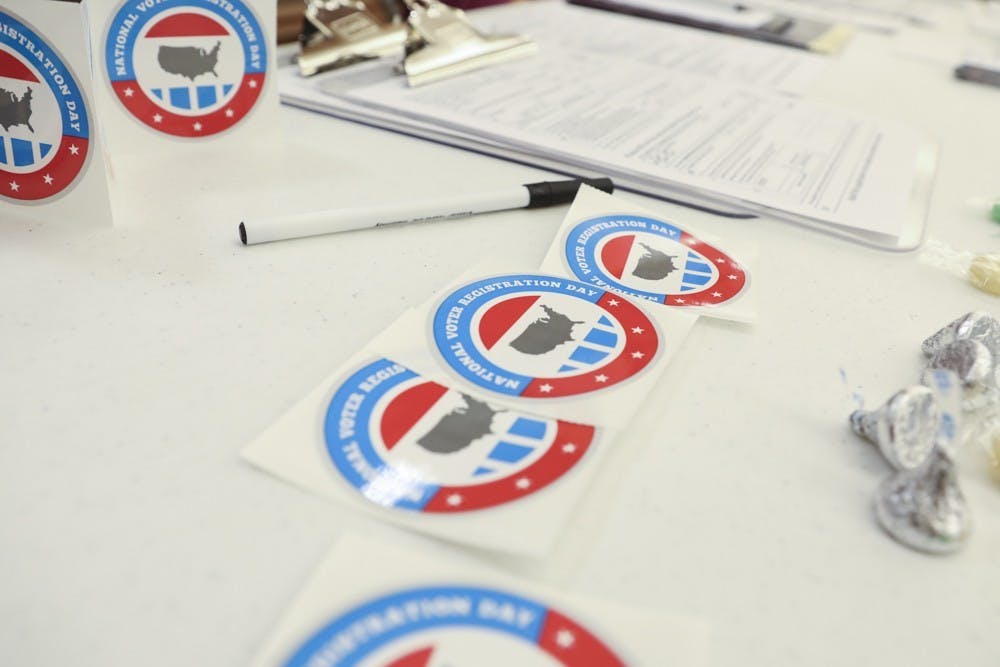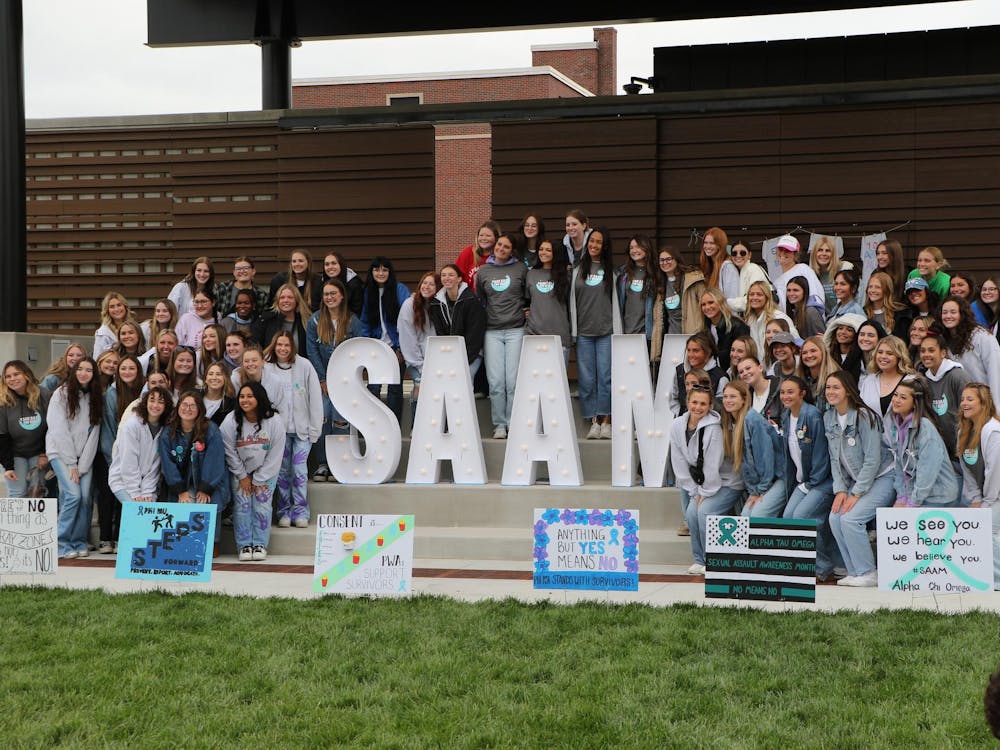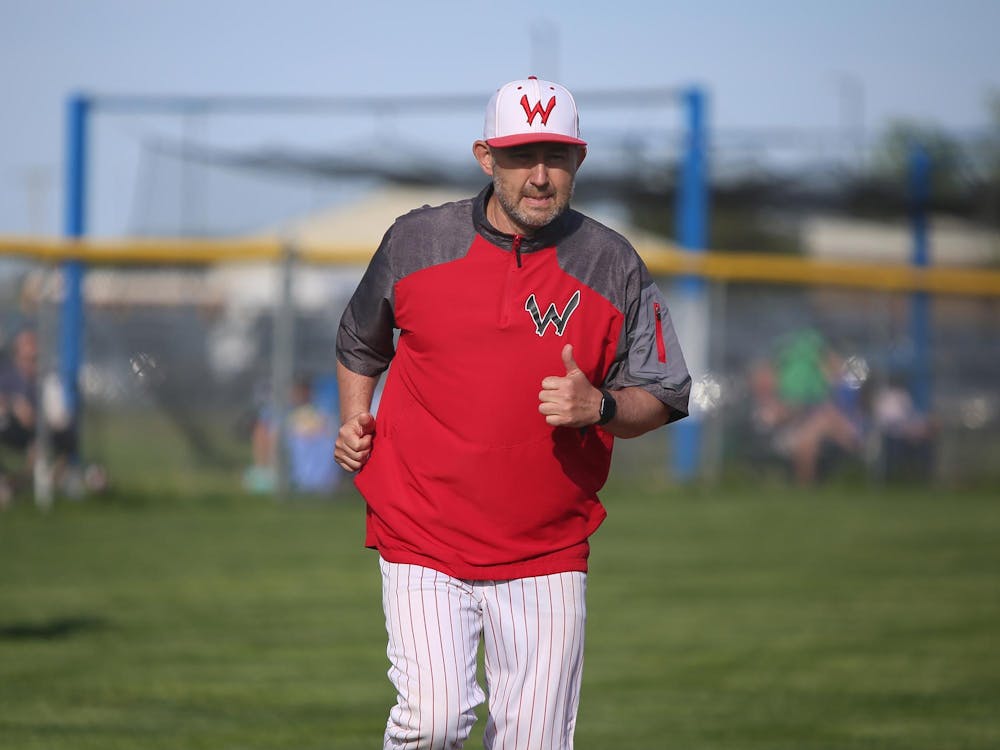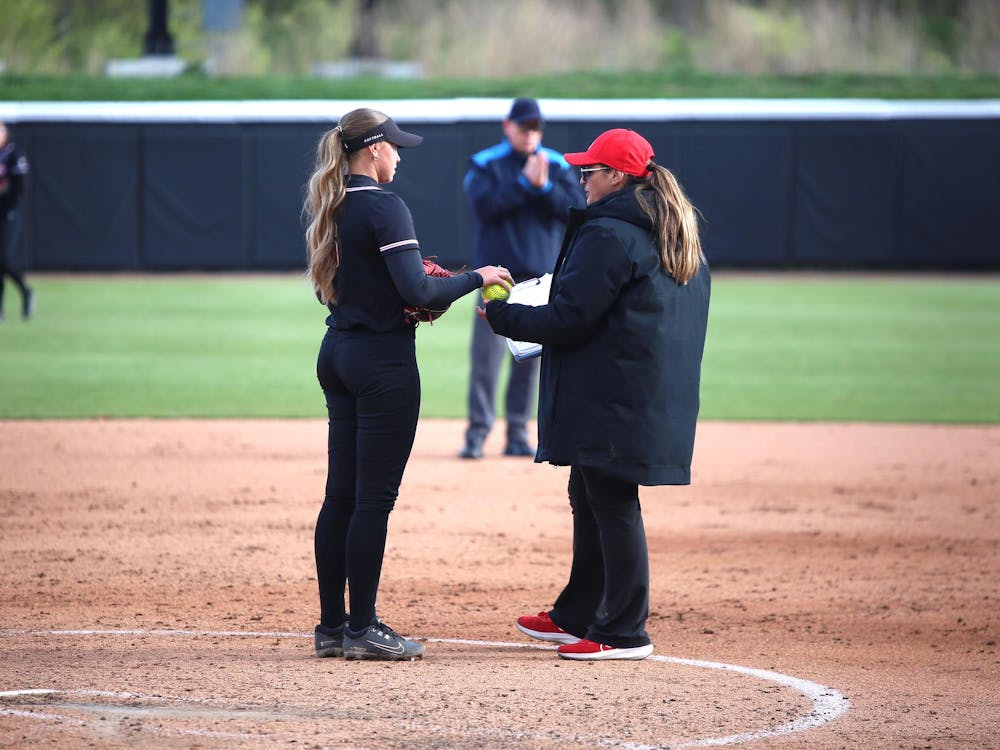With the midterm elections soon approaching, the question lingers as to why the voter turnout for midterm elections has consistently been far lower than presidential elections.
Since 1842, midterm voter turnouts have fallen below the turnout for presidential elections, the United States Election Project reports. The data provided by the project also ranks the last midterm election in 2014 as having the worst voter turnout since World War II, eighth worst overall.
In Delaware County, midterm voter turnout dropped consistently from 59.41 percent in 1990 to 27.23 percent in 2014, according to data from the Indiana Election Division’s website. In the same period, presidential elections in the county had a turnout above 50 percent, reaching its peak in 1992 at 71.03 percent and its lowest in 2016 at 50.94 percent.
“There’s a lot of different reasons, but probably the big one is, it’s simply not a presidential election,” said Chad Kinsella, assistant professor of political science. “There’s a lot of people who kind of believe that if the president is not on the ticket, it really doesn’t matter, or matters less.”
Sean Hildebrand, assistant professor of political science, said as ballots go from a national level races, to state level races to local elections, there is less of an interest.
“Nothing rivals the presidential one in terms of attention,” Hildebrand said. “There’s still a lot of people who don’t even realize when they vote that there even is state government and local government and there’s work those people do,” Hildebrand said.
Kinsella said voter fatigue is another reason for low voter turnouts, as a result of the number of elections voters take part in: special elections, primary elections, midterm elections and presidential elections, to name a few. Hildebrand said when looking at an off-year election, such as a mayor’s election, a 10 percent voter turnout is good.
Kinsella also said the three predictors that provide the best explanations of turnout are age, income and education, with those who are older, have a higher income and higher education being more likely to vote.
Hildebrand said saliency, or the prominence of an issue, is one reason why voter turnout is higher. He said older people tend to vote more because they have been involved in the political process longer.
Hildebrand also said younger people have impediments, or hindrances, that keep them from voting such as attending classes, part-time jobs, social events and having to drive several hours if they live far from their home states.
Despite there being a push for early voting this year and a higher number of requests for absentee ballots, Hildebrand said he doesn’t know whether those who requested absentee ballots will return their votes.
“There’ll be a little bit more of an excitement factor for Democrats nationally, which interestingly is closing in the last two weeks,” Kinsella said. “But, I think turnout will continue to be low.”
Contact Rohith Rao with comments at rprao@bsu.edu or on Twitter @RaoReports.





